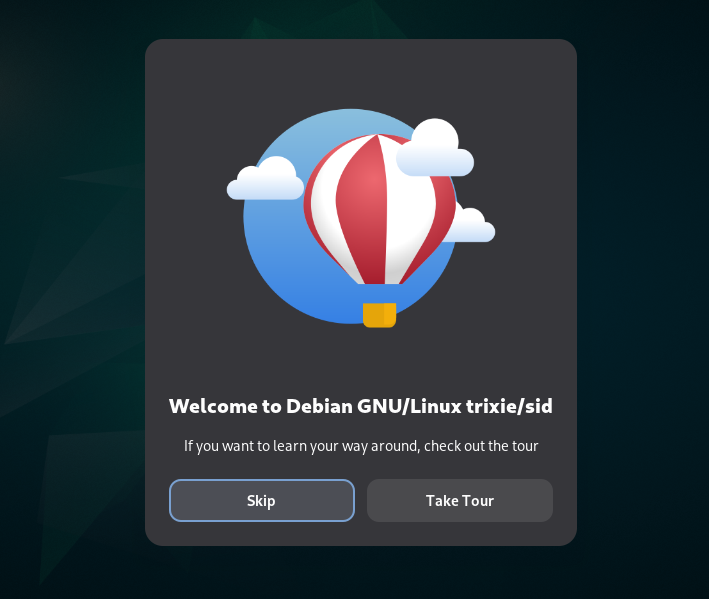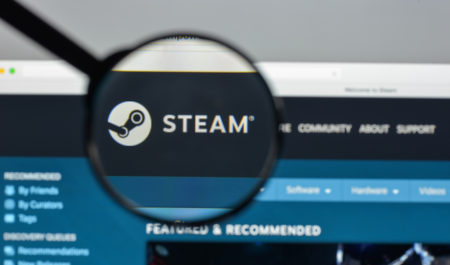Debian is a popular Linux system loved by many for being stable, free, and flexible. The next big release, Debian 13, codenamed “Trixie”, is coming in 2025, and it’s packed with exciting updates. Let’s dive into what makes Trixie special, from new features to better hardware support, all explained in simple words.
A Quick Look at Debian 13
Debian 13 “Trixie” follows Debian 12 “Bookworm” and continues the tradition of using names from the Toy Story movies. Trixie is the testing version right now, which means it’s still being worked on, but it’s already showing some cool changes. The final version is expected around mid-2025, likely between June and August, based on how Debian usually releases.

This release brings new software, better support for modern devices, and some changes to make your computer faster and safer. Whether you’re a beginner or a Linux expert, Trixie has something for everyone.
What’s New in Debian 13?
1. Support for New Hardware: Hello, RISC-V!
One of the biggest updates in Trixie is official support for RISC-V, a new type of 64-bit processor (called riscv64). This is a big deal because RISC-V is an open-source design that’s becoming popular in modern devices. Now, you can run Debian on RISC-V computers and enjoy all its features.
Debian 13 also stops supporting some older systems, like mipsel, i386, and armel installers, to focus on newer technology. Don’t worry if you’re using a standard computer (like amd64 or arm64)—Trixie will work great for you.
2. New Linux Kernel: Powering Your System
Trixie comes with the Linux 6.12 LTS kernel, which is a long-term support version. This kernel makes your computer faster, more secure, and ready for the latest hardware, like new Wi-Fi chips or graphics cards. It’s like giving your system a brand-new engine.

3. Tons of New and Updated Software
Debian 13 includes over 59,551 software packages, with more than 11,294 new ones added since Bookworm. About 72% of the old packages have been updated, so you’ll get newer versions of your favorite tools. Some packages (around 9,519) were removed because they’re no longer needed or supported.
Here are some highlights:
- GNOME 48: The GNOME desktop is getting a big upgrade with a fresh look and smoother performance. It’s perfect for people who want a simple, modern interface.
- KDE Plasma 6: If you prefer KDE, Trixie includes the latest Plasma 6, which is faster and has a sleek design.
- LibreOffice, Firefox, and more: Popular apps like LibreOffice and Firefox will be updated to their latest versions, so you can work and browse with the newest features.
4. A Fresh Look with the Ceratopsian Theme
Trixie’s installer has a new default theme called Ceratopsian, created by Elise Couper. It gives the setup process a modern, colorful vibe. The desktop artwork is still being voted on, but expect something cool to match Trixie’s style. Voting for the desktop theme is happening until November 30, 2024, so the community gets a say

5. Improved Security
Debian is known for being secure, and Trixie steps it up. However, there are some changes to know about:
- OpenSSH Updates: The Secure Shell (SSH) tool, used for remote logins, no longer supports old DSA keys, which are weak. If you use SSH, you’ll need to switch to stronger key types like RSA or Ed25519. Also, SSH won’t read the
~/.pam_environmentfile anymore, so you’ll need to set variables in your shell files (like~/.bashrc). - Security Support Limits: Some packages, like web browsers using webkit2gtk, may not get full security updates because they’re hard to maintain. The
debian-security-supportpackage can help you track which software is covered.
6. Easier Upgrades
If you’re using Debian 12 “Bookworm”, upgrading to Trixie will be straightforward. The release notes will guide you through the process, but you’ll need at least 5 GB of free disk space. You can clean up old files with commands like sudo apt clean and sudo apt autoremove to make room. If you have third-party software sources, you’ll need to update them to point to Trixie instead of Bookworm.
One tip: If you’re upgrading before Trixie’s official release, some third-party sources might not be ready yet. Double-check your sources after running sudo apt-get update.
Things to Watch Out For
Trixie is still in the “testing” phase, which means it’s not as stable as the final version will be. Here are a few things to keep in mind:
- No Security Updates Yet: The testing version doesn’t get security fixes right away. If you need a super secure system, stick with Debian 12 for now.
- Possible Bugs: Since Trixie isn’t finished, you might run into small issues. Advanced users can help by reporting bugs to the Debian team.
- Locales Bug: Some early testers found that Trixie’s updater might remove locale files. If this happens, you can fix it by running sudo apt-get purge locales, then sudo apt install locales, and sudo dpkg-reconfigure locales.
Why Choose Debian 13?
Debian 13 Trixie is shaping up to be a powerful release. It’s great for:
- New Hardware Users: With RISC-V support and the latest kernel, Trixie works on cutting-edge devices.
- Desktop Users: GNOME 48 and KDE Plasma 6 make your desktop look and feel amazing.
- Developers and Tinkerers: With thousands of updated packages, you’ll have the latest tools to build and experiment.
- Stability Lovers: Once Trixie is stable, it’ll be rock-solid for servers, firewalls, or everyday use.
How to Try Trixie
Want to test Trixie now? The first alpha version of the Debian 13 installer is available for download. It supports architectures like amd64, arm64, and riscv64. Just head to the official Debian website to grab it. Keep in mind that this is an early version, so it’s best for experienced users or those who don’t mind a few hiccups.
https://cdimage.debian.org/cdimage/weekly-builds/
If you’d rather wait, the stable release will be ready in 2025. You can also follow updates on the Debian website or the debian-devel-announce mailing list to stay in the loop.
Final Thoughts
Debian 13 “Trixie” is set to be a fantastic Linux release, bringing new hardware support, updated software, and a fresh look. Whether you’re running it on a new RISC-V device or a trusty laptop, Trixie promises to be fast, secure, and packed with features. While it’s still in testing, the Debian community is working hard to make it shine.
So, are you excited to try Trixie? Let us know what you think about the new features! For more details, check out the Debian website or the draft release notes. Stay tuned for the big release in 2025
The post Debian 13 ‘Trixie’: What’s New in the Next Linux Powerhouse appeared first on TecAdmin.
Source: Read More


